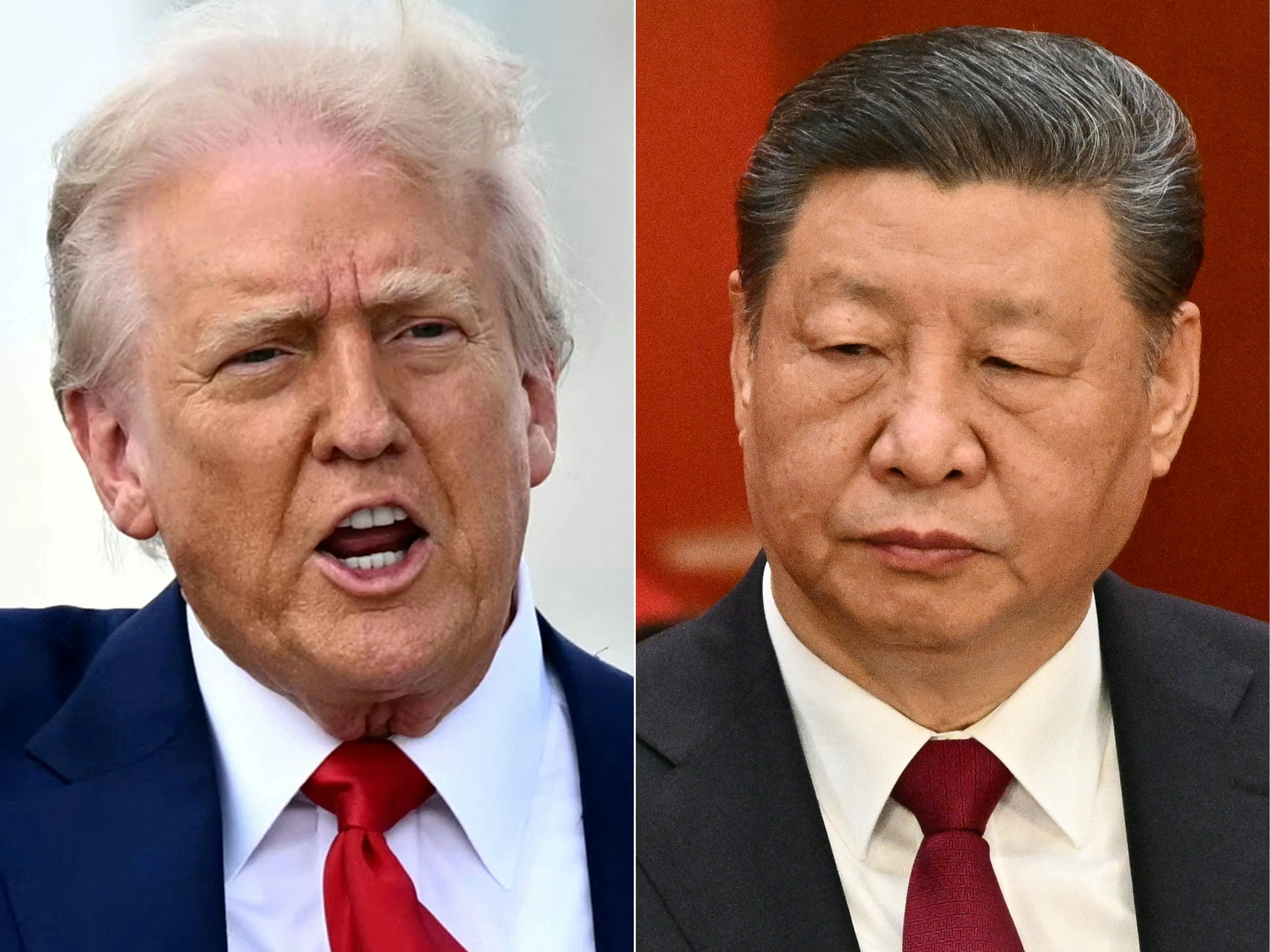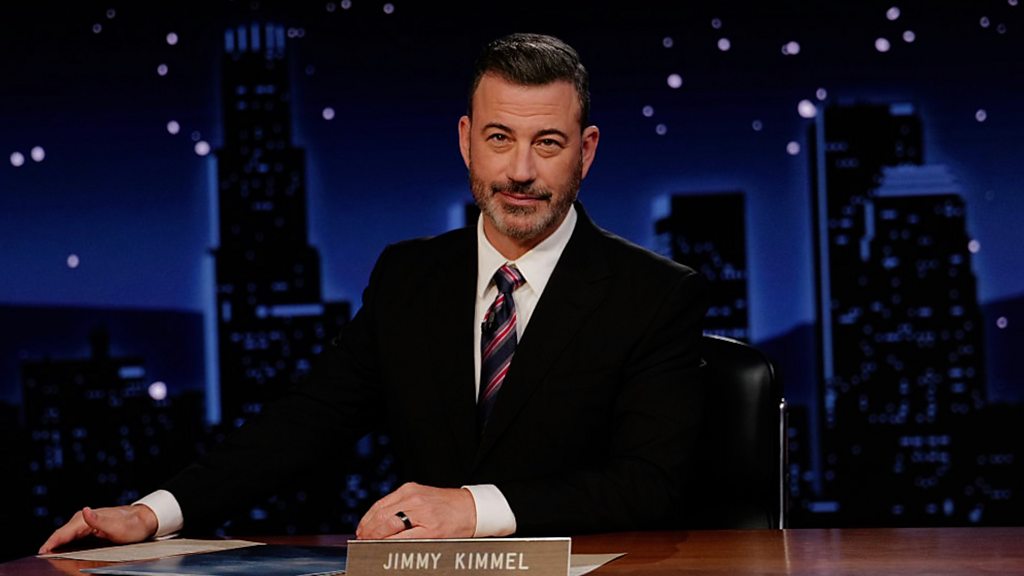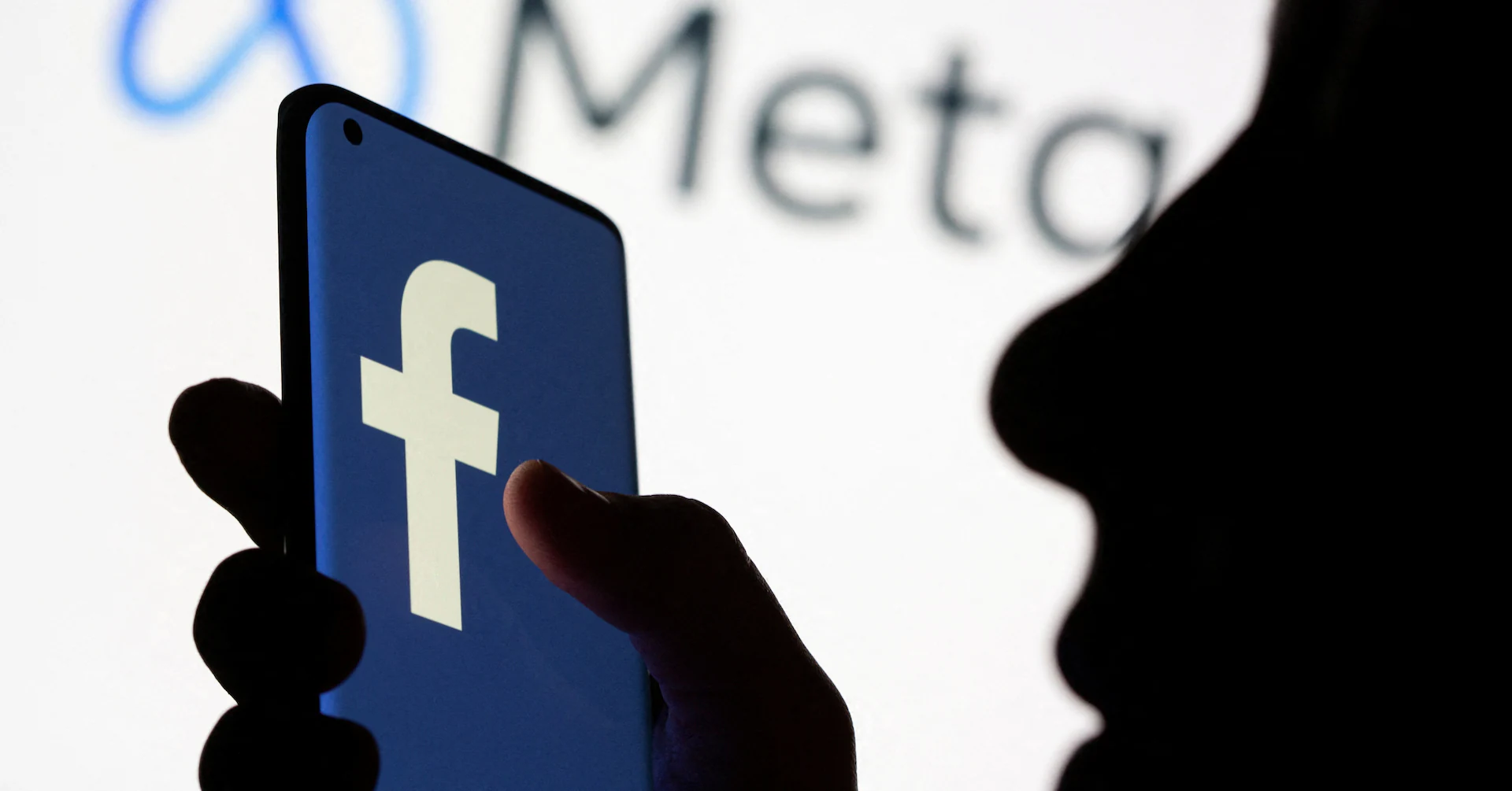By Mia Nurmamat,Sylvia Ma
Copyright scmp

Just hours before US President Donald Trump signed an executive order to settle the tumult surrounding TikTok, Beijing launched a sudden salvo in its ongoing trade war with Washington.
As Trump’s order brought the fate of the popular short-video app closer to a resolution, a number of American firms were being hit with trade curbs.
It not only marked the latest example of bilateral tensions flaring up during Trump’s second presidential term, analysts say it also reflected a pattern in the tit-for-tat tactics that Beijing has employed, with carefully planned reactive measures aimed at maximum leverage.
But even as waters remain muddied, the general expectation appears to be that bilateral talks will continue.
Analysts attribute the tactical shift to Beijing learning from the past, as well as to China’s rising economic and tech prowess, and with new blood injected into its negotiation team, having named Li Chenggang international trade representative in mid-April.
Despite quarrels and trade actions, the experts say that direct communications between Trump and President Xi Jinping have prevented bilateral ties from breaking, leaving hope that the world’s two largest economies will eventually reach a trade deal.
“Since Trump 2.0, China’s negotiating stance has become more hardline and tit-for-tat,” said Xu Tianchen, senior economist at the Economist Intelligence Unit.
“It can do so because it has the bargaining chips,” he explained, referring to trump cards that Beijing has cultivated over many years, including its control of rare earth magnets and other critical components.
Beijing is clearly focused on accumulating negotiating chips to ensure it enters any discussion from a position of maximum strength
Alfredo Montufar-Helu, GreenPoint Business
And Li’s appointment, according to Alfredo Montufar-Helu, managing director at Ankura Consulting’s GreenPoint Business, signalled a broader strategic recalibration based on lessons learned from past engagements, particularly with the first Trump administration.
“This shift is mirrored in China’s tactical playbook; measures like export controls, while seemingly escalatory, are calculated moves to create leverage,” he said.
Meanwhile, Chinese authorities have embraced the guiding principle of “dare to fight, and be good at fighting”, as President Xi has reiterated since 2019, when Beijing was embroiled in the trade war under Trump’s first presidential term.
The expression was also used during the Communist Party’s 20th National Congress in 2022, establishing it as a long-term strategy.
China’s economic resilience has become increasingly evident as its gross domestic product has defied pandemic setbacks and US curbs, staying at or above 5 per cent in the past two years, while manoeuvring Washington’s various chokepoints.
Beijing has also announced sanctions on 127 American entities by placing them on its unreliable entity list or export control list – often in retaliation to tariff hikes or at key moments before trade negotiations – though some have been later suspended or lifted.
In early April, China tightened rare earth magnet exports for the first time, disrupting global supply chains in electronics, electric vehicles and defence industries, prompting the US to bolster domestic mining efforts.
At a Politburo meeting on April 25 – two weeks after the Trump administration raised tariffs on some Chinese goods to more than 140 per cent – Chinese leaders explicitly referenced an “international economic and trade fight” for the first time.
“In timing these actions around official talks, Beijing is clearly focused on accumulating negotiating chips to ensure it enters any discussion from a position of maximum strength,” Montufar-Helu said. “Mind you, the US is doing the same.”
Beijing has developed and used a variety of trade tools this year, aligning them to its laws and regulations, including anti-sanction and export-control laws.
For instance, China this month launched its first-ever anti-circumvention probe – a widely used practice among WTO members – and slapped American fibre-optic firms with anti-dumping tariffs before trade negotiations with the US in Madrid, Spain.
However, the EIU’s Xu said China has always been reactive, responding to US actions with retaliations rather than pre-emptive moves.
And Liang Yan, an economics professor at Willamette University in the US, said: “China is now much more experienced with Trump’s tariff war and has developed toolkits – such as the Anti-Foreign Sanctions Law passed in 2021 and now with new revisions – to deal with tariffs and other non-tariff trade barriers.”
Since May, China has engaged in four rounds of talks with the US – in Geneva, Switzerland; London; Stockholm, Sweden; and Madrid – all in Europe rather than on US soil.
Their Geneva talks led to the suspension of most tariffs for 90 days, and that truce has been extended until November 10.
Meanwhile, as efforts towards a trade deal continue, the world’s second-largest economy has not made any bulk purchases of American soybeans this year. But agricultural purchases, along with Boeing aircraft and fentanyl, appear to be high on the negotiation agenda.
A call between Xi and Trump this month was their second since June, with analysts saying the presidential talks could pave the way for a potential meeting during next month’s Asia-Pacific Economic Cooperation summit in South Korea.
“Beijing has also likely seen through the essence of Trump’s art of the deal and has decided to focus on core issues rather than being swayed by his inconsistency and unpredictability,” said Peng Peng, executive chairman of the Guangdong Society of Reform.



